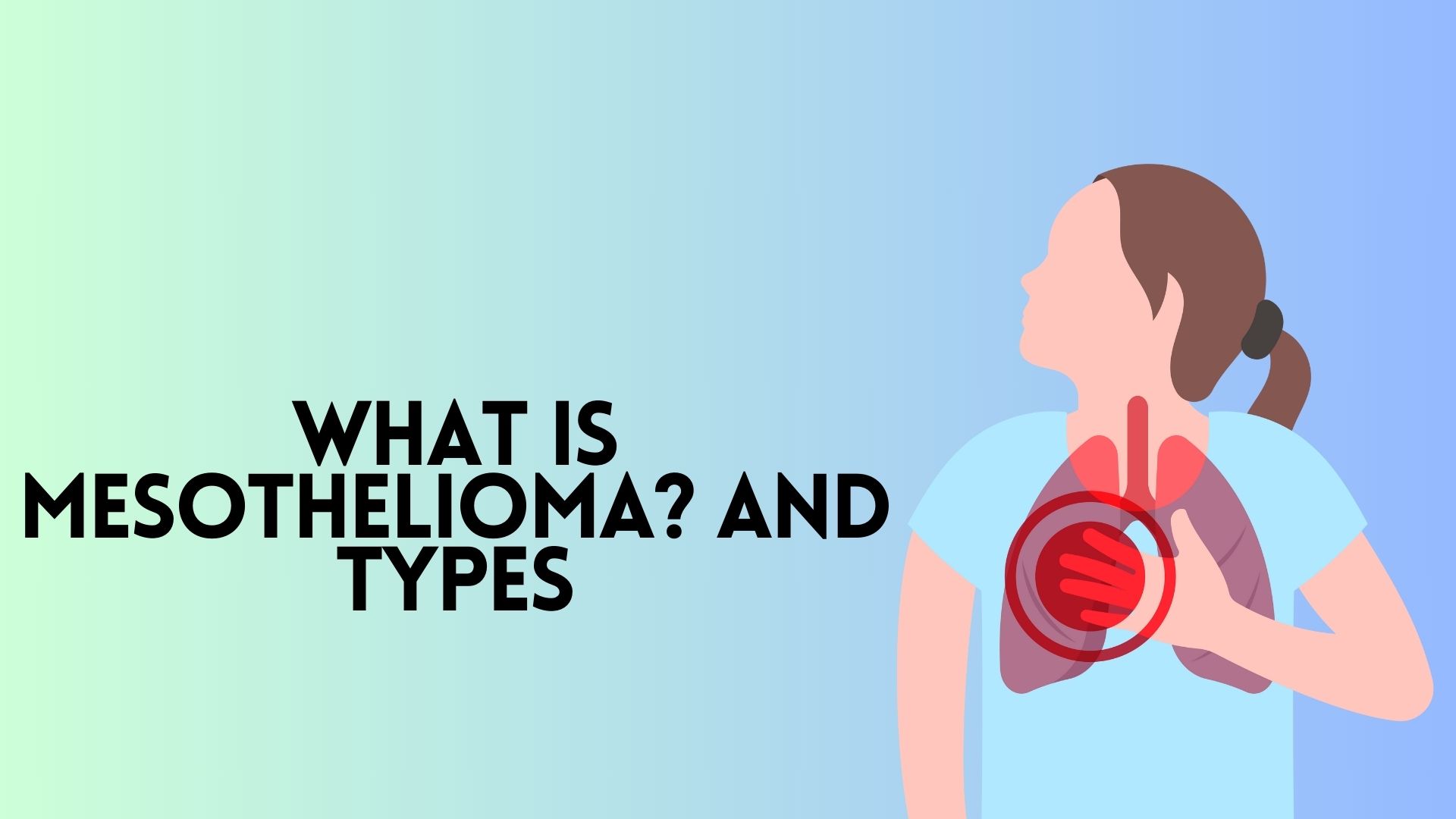The majority of people are aware of the term “mesothelioma,” but few know what it means. This fatal illness has garnered attention in recent years as a result of high-profile court actions and raised awareness. It is frequently associated with asbestos exposure.
Many people continue to question what is mesothelioma. We will explore the fundamentals of this illness in this blog post, along with its causes, signs, and available treatments, to help you better understand this sometimes misdiagnosed issue.
Understanding the Basics: What is Mesothelioma?
The mesothelial cells that surround the body’s internal organs act as a protective layer, and mesothelioma is an uncommon and severe type of cancer that targets these cells. In particular, mesothelioma affects the lining of the heart (pericardial mesothelioma), testicles (testicular mesothelioma), abdomen (peritoneal mesothelioma), and lungs (pleural mesothelioma).
The main cause of it is asbestos exposure, a naturally occurring mineral that was extensively utilized in many different sectors because of its ability to withstand heat. Inhaled or consumed asbestos fibers have the potential to lodge in the mesothelial lining, causing chronic inflammation and eventually the growth of malignant cells.
Mesothelioma usually has a long latency period; it can take decades for symptoms to appear. Because of this, cancer diagnoses are frequently postponed until an advanced stage. Typical symptoms include exhaustion, weight loss, shortness of breath, and chest pain.
Immunotherapy, radiation therapy, chemotherapy, and surgery are among the possible mesothelioma treatment options. Nonetheless, mesothelioma typically has a bad prognosis and a low survival rate.
The Causes and Risk Factors of Mesothelioma
What is mesothelioma? Asbestos exposure, a material commonly used in manufacturing, shipbuilding, and construction, is the main cause of mesothelioma. Although asbestos’ ability to withstand heat was once appreciated, its fibers are unfortunately easily swallowed or inhaled.
Once inside the body, these fibers have the potential to lodge in the organs’ protective covering, causing inflammation and the growth of malignant cells.
The risk of mesothelioma increases due to several risk factors. Asbestos exposure, whether by direct contact or secondary exposure, is the main risk factor. While secondary exposure can happen when people come into contact with asbestos fibers carried home by someone who works with asbestos, direct exposure can happen when working with asbestos-containing items.
Smoking is one of the other risk factors for mesothelioma because it compromises immune function and makes it more difficult for the body to fight against cancer cells. The risk of getting mesothelioma may also be increased by specific hereditary variables.
It’s crucial to remember that not everyone who comes into contact with asbestos will get mesothelioma. While some people may be more vulnerable due to a genetic predisposition, others may be more susceptible due to a lower exposure level or shorter exposure period.
However, it’s crucial to take preventative measures to reduce asbestos exposure, particularly for people who work in high-risk occupations or reside in older buildings that can contain asbestos-containing materials.
The Different Types of Mesothelioma Explained
What is mesothelioma? Because mesothelioma is a complicated illness, patients and their loved ones need to grasp the many forms of the disease. There are other forms of mesothelioma to be aware of, even though pleural mesothelioma is the most prevalent one that affects the lung lining.
About 20% of instances of mesothelioma are peritoneal mesothelioma, which affects the lining of the abdomen. Changes in bowel habits, edema, and abdominal pain are common symptoms of this kind of mesothelioma.
Pericardial mesothelioma is another uncommon kind that affects the lining surrounding the heart. Breathing difficulties, heart palpitations, and chest pain are possible symptoms.
Finally, less than 1% of instances of testicular mesothelioma are reported. This makes it an exceptionally rare disease. Testicular swelling or lumps may result from this kind of mesothelioma, which affects the lining surrounding the testicles.
What is mesothelioma? Every kind of mesothelioma is different and may need a different strategy for therapy. Thus, to create a customized treatment plan, constant collaboration with medical professionals is essential.
Patients and their families can make more educated decisions about their treatment options and be better prepared to face the challenges ahead by having a greater awareness of the many varieties of mesothelioma.
Symptoms and Early Detection of Mesothelioma
What is mesothelioma? Recognizing mesothelioma symptoms is essential for early detection and a better prognosis. The difficulty, though, is that mesothelioma symptoms are frequently ambiguous and might be mistaken for those of other, less severe illnesses. This frequently results in delayed diagnosis and treatment, which has a major detrimental effect on a patient’s prognosis.
Frequent signs and symptoms of mesothelioma include exhaustion, unexplained weight loss, shortness of breath, and chest pain. It is easy to confuse these symptoms for other digestive or respiratory disorders. Furthermore, mesothelioma may take several decades to show symptoms, delaying treatment until the disease has progressed to an advanced state.
Owing to these difficulties, those who have been exposed to asbestos should be extremely watchful and proactive in keeping an eye on their health, especially if they have worked in high-risk industries. Frequent screenings and check-ups are essential because they can identify mesothelioma early on when treatment options are more successful.
Imaging tests including MRIs, CT scans, and X-rays are some of the diagnostic procedures used to identify mesothelioma early on. Biopsies are also performed to confirm the existence of malignant cells. Seeking medical experts with expertise in diagnosing and treating mesothelioma is crucial if the condition is suspected.
A patient’s chances of survival can be considerably increased and treatment outcomes can be greatly enhanced by early identification of mesothelioma. Consequently, it’s critical to be aware of the possible symptoms and to get medical help if any alarming ones appear, especially for people who have previously been exposed to asbestos.
